Marcel Proust Paintings
Marcel Proust, born Valentin Louis Georges Eugène Marcel Proust on July 10, 1871, in Auteuil, France, was an iconic French novelist, best known for his monumental work 'In Search of Lost Time' ('À la recherche du temps perdu,' earlier translated as 'Remembrance of Things Past'), published in seven parts between 1913 and 1927. The son of Adrien Proust, an eminent professor of medicine, and Jeanne Weil, from a wealthy Jewish family, Proust grew up in a culturally rich and socially connected environment that later influenced much of his work. Despite his health challenges, including asthma from an early age, Proust pursued his literary interests with fervor throughout his life. Proust's education at the Lycée Condorcet was marked by his early literary achievements and the beginning of his lifelong friendships with several key figures in the Parisian salons, which were influential in shaping his future literary career. He initially studied law and philosophy at the Sorbonne, but his poor health often interrupted his education and other pursuits. Proust's early work included translations of John Ruskin and various essays and short stories. However, it was 'In Search of Lost Time' that cemented his place in literary history. This sprawling narrative, an introspective examination of memory, time, and identity, broke narrative conventions and introduced Proust’s innovative use of the 'stream of consciousness' technique. Despite living a relatively secluded life due to his health, Proust's observations and engagements with French society, art, and literature from the Belle Époque through to the post-World War I period provided rich material for his writing. His detailed and nuanced portrayal of characters, places, and emotions has made his work a cornerstone of 20th-century literature. Proust never saw the completion of his masterpiece; he died on November 18, 1922, in Paris, from pneumonia, which was aggravated by his chronic asthma. His work, however, has lived on, influencing countless writers and artists, and remains a seminal exploration of memory and experience.
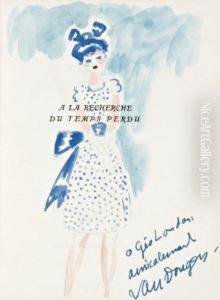
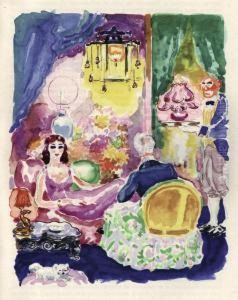
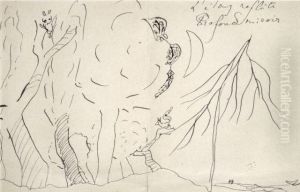
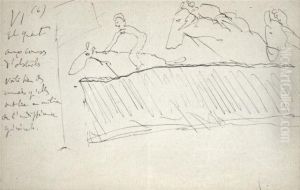
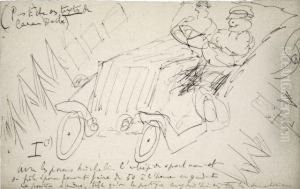
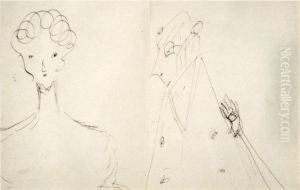

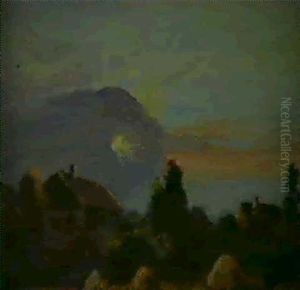
![L.a.s. <bucht> Avec Dessin A La Plume, [vers 1900 ?], A Reynaldo Hahn ; 2 Pages In-4 Sur Papier Avec Un Coin Dechire](https://www.niceartgallery.com/imgs/915227/s/marcel-proust-las-bucht-avec-dessin-a-la-plume-vers-1900-a-reynaldo-hahn-2-pages-in4-sur-papier-avec-un-coin-dechire-5f635770.jpg)